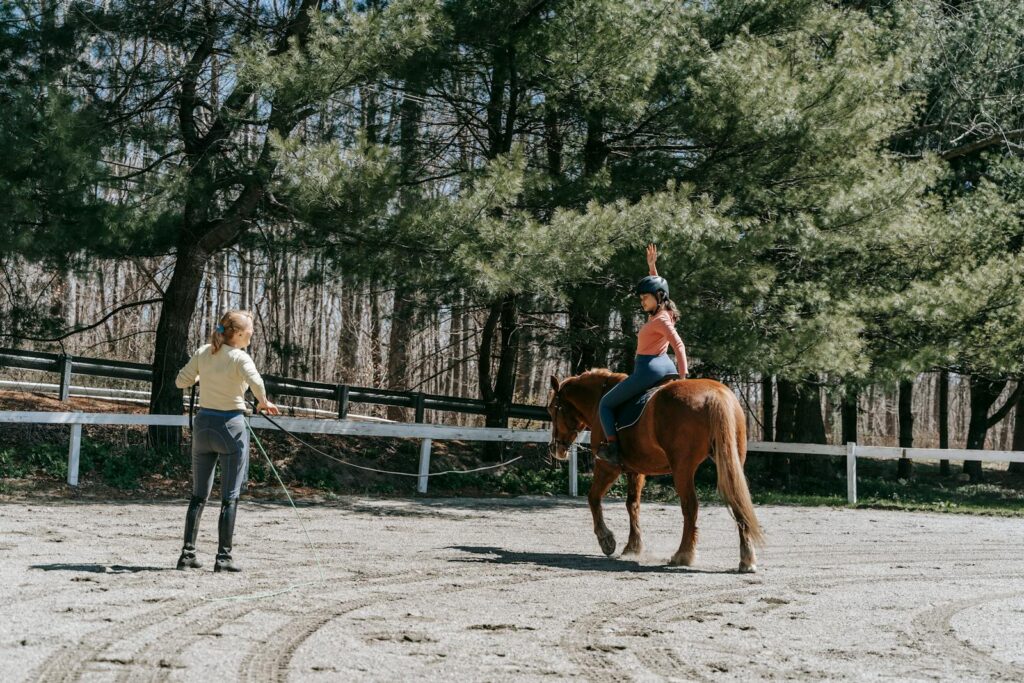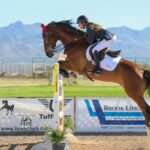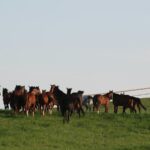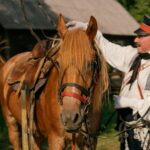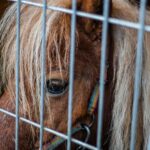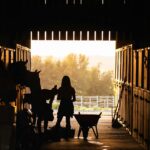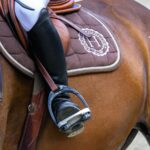When introducing children to the wonderful world of horseback riding, choosing the right equine partner is crucial. Not all horse breeds are equal in temperament, size, or suitability for young riders. The ideal horse for a child should be patient, forgiving, and gentle, while still providing opportunities for growth and learning. This guide explores the most suitable horse breeds for children beginning their equestrian journey, highlighting their unique characteristics and explaining why they excel as mounts for young riders.
Understanding What Makes a Good Children’s Horse
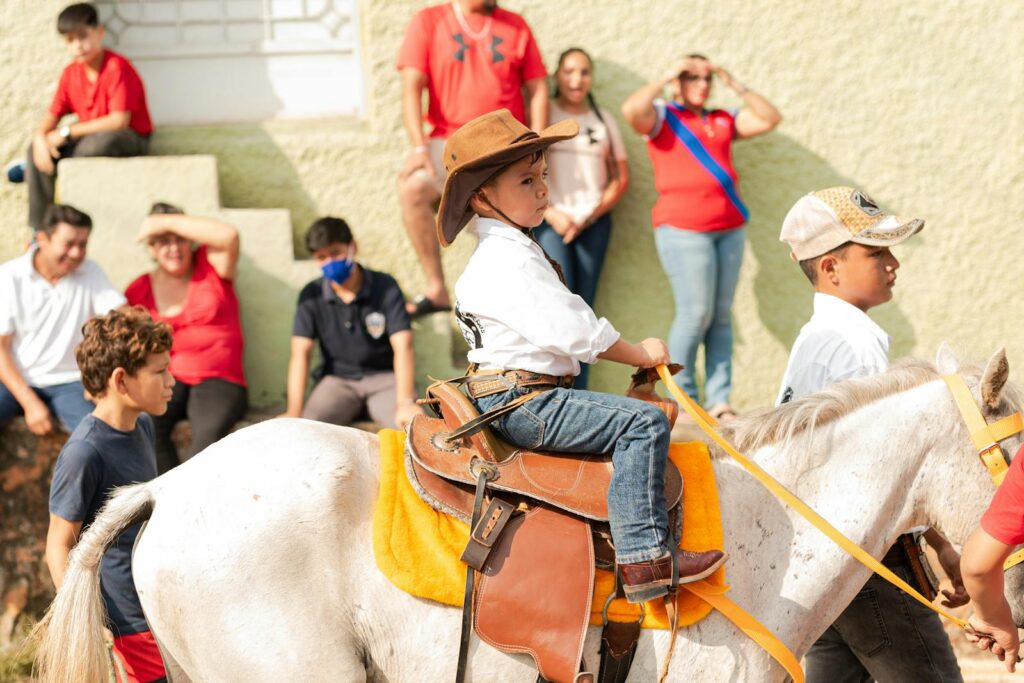
A suitable horse for a beginner child needs several key qualities that prioritize safety while supporting learning. Temperament is the most critical factor—the ideal children’s mount should be calm, patient, and not easily spooked by the unpredictable movements and noises that often come with young riders. Physical attributes matter as well, with appropriate size being essential; a pony or small horse helps a child feel more in control and less intimidated. A smooth, steady gait is also important, as it prevents excessive bouncing that might discourage beginners or make balancing unnecessarily difficult. Finally, the horse should be forgiving of mistakes, responding to imperfect cues with patience rather than frustration, creating a positive learning environment where children can gradually build confidence and skills.
Shetland Ponies: Sturdy Champions for the Youngest Riders
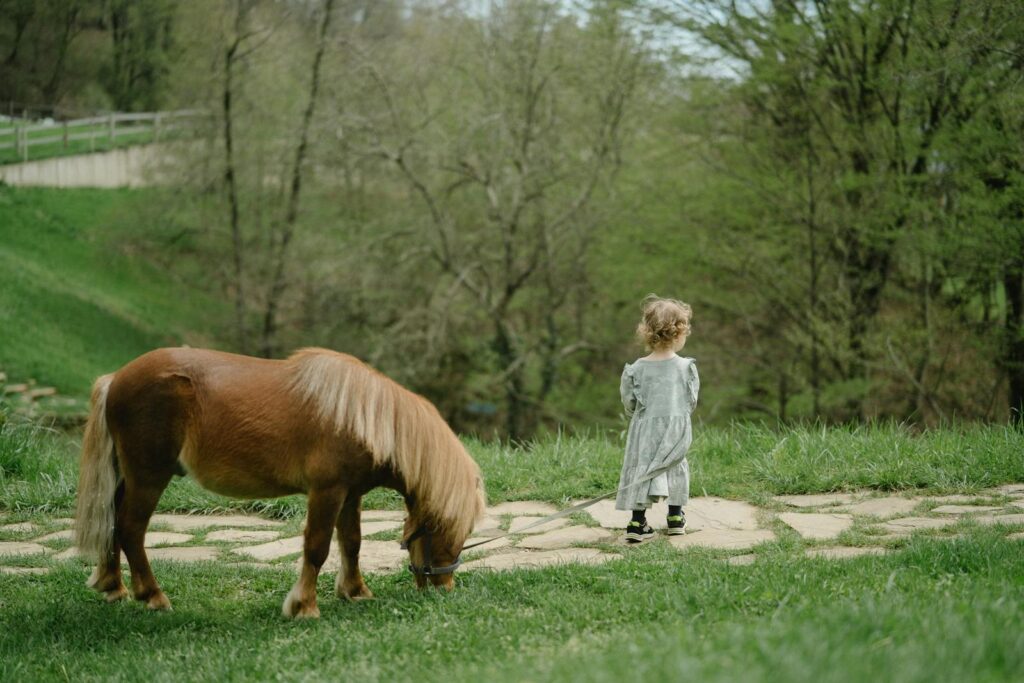
Shetland ponies have earned their legendary status as ideal first mounts for very young children, typically standing between 7 and 11.2 hands high—perfectly sized for little riders. Their compact, sturdy build features short legs and a broad back, creating a stable platform that helps children feel secure during their earliest riding experiences. Despite their small stature, Shetlands are remarkably strong, capable of carrying children and even small adults with ease, making them versatile family ponies. Their intelligence and generally sweet disposition make them excellent teachers, though parents should note that some Shetlands can develop stubborn streaks if not handled consistently. With proper training and respect, however, a Shetland pony can offer the perfect introduction to horsemanship, creating lasting memories and building fundamental skills that will serve young riders throughout their equestrian journey.
Welsh Ponies: Versatile and Athletic Companions
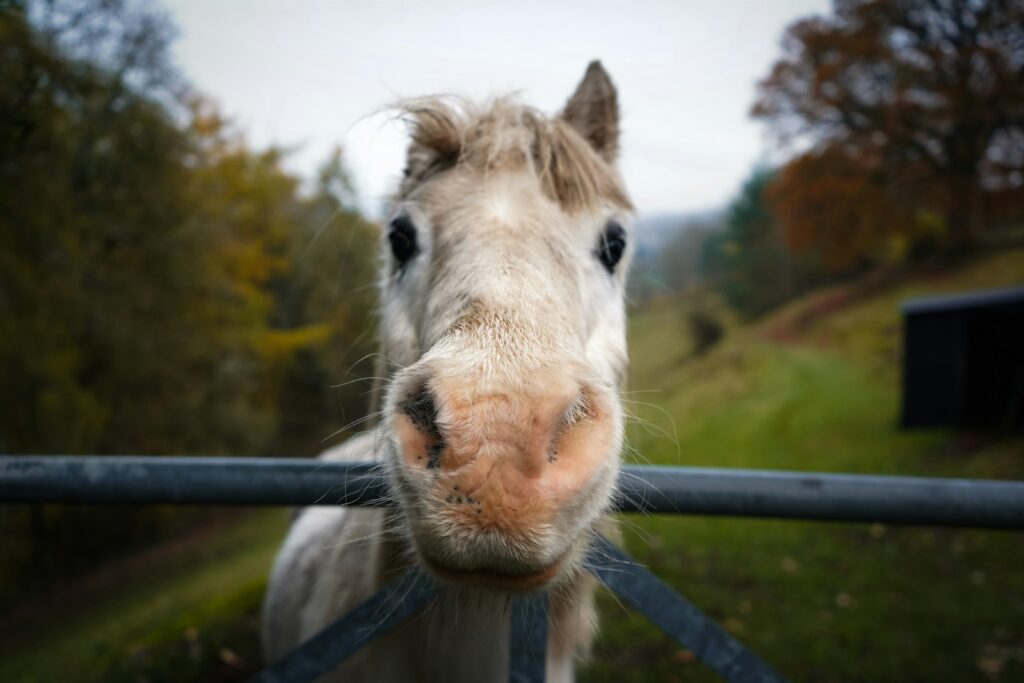
Welsh ponies, particularly those from Sections A and B of the breed registry, offer an outstanding blend of traits that make them ideal mounts for children progressing in their riding skills. Standing between 11 and 13.2 hands high, they provide a perfect stepping stone between very small ponies and full-sized horses, accommodating children as they grow. Their naturally balanced conformation and fluid movement make them excellent choices for learning proper riding technique, as they often offer comfortable, easy-to-ride gaits. Welsh ponies are renowned for their intelligence, willing attitude, and versatility, excelling in disciplines ranging from dressage and jumping to trail riding and games. Their spirited yet sensible nature strikes the perfect balance—engaging enough to challenge a developing rider while remaining reliable enough for parents to feel confident about their child’s safety. This combination has made Welsh ponies enduring favorites in riding schools and family barns worldwide.
Haflinger: The Golden Mountain Horse
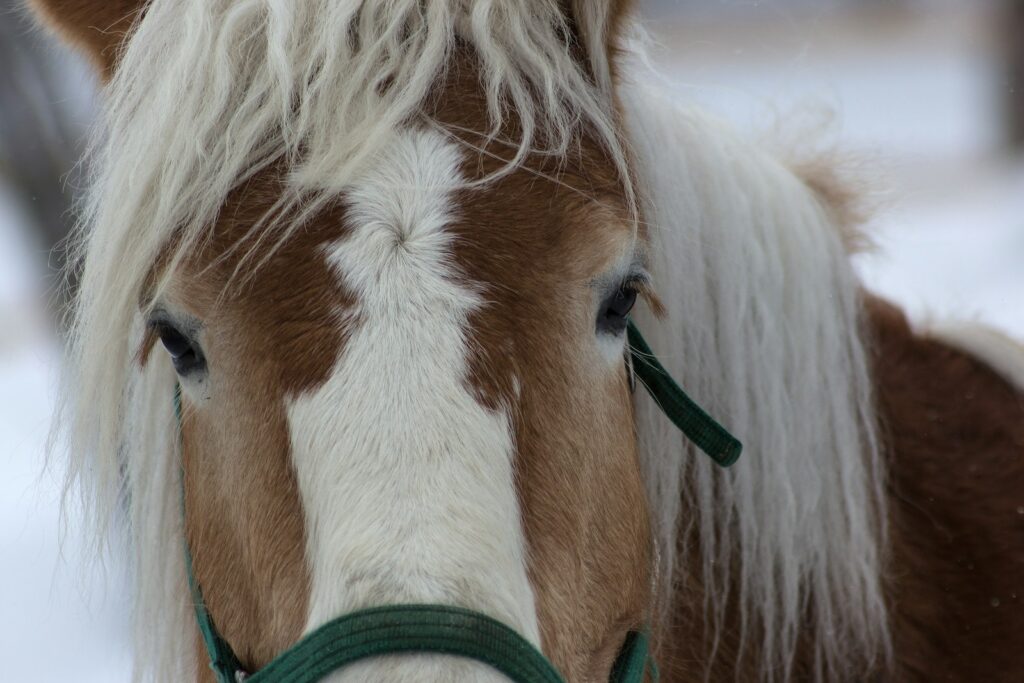
The Haflinger, with its distinctive chestnut coloring and flaxen mane and tail, combines beauty with exceptional suitability for young riders. Standing between 13 and 15 hands high, these Austrian mountain horses are ideally sized for older children or teens who have outgrown ponies but aren’t ready for a full-sized horse. Haflingers possess a naturally balanced, smooth gait that makes learning to post and sit the trot significantly easier for developing riders. Their friendly, people-oriented nature helps them form strong bonds with young handlers, while their intelligence makes them quick learners who respond well to consistent training. Originally bred as versatile working horses in the Alps, Haflingers retain an innate surefootedness and a sensible approach to new situations, making them excellent choices for activities beyond the arena—including trail riding and light jumping—allowing children to safely expand their equestrian experiences.
American Quarter Horse: The Reliable All-Arounder
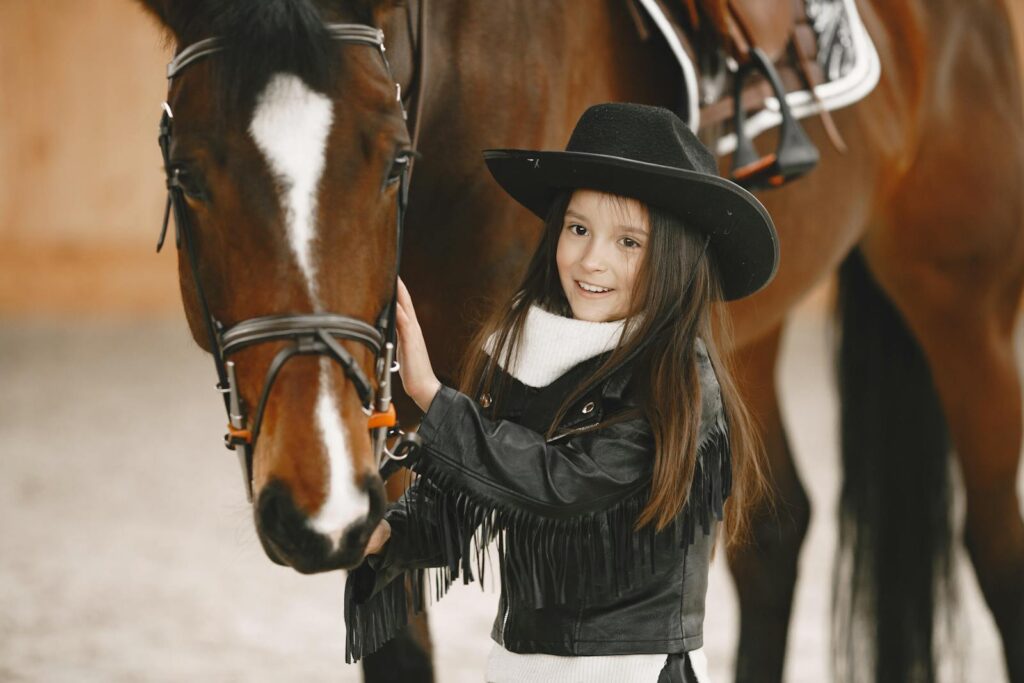
The American Quarter Horse stands as perhaps the most versatile breed recommendation for children who have gained some basic riding experience and are ready for a full-sized mount. Their naturally level-headed temperament and intuitive ability to assess situations make them particularly forgiving of the learning mistakes common to young riders. Quarter Horses typically possess a smooth, comfortable gait with a naturally balanced canter, helping children develop correct riding position and confidence at faster speeds. While the breed averages between 14.3 and 16 hands high, selecting a smaller, well-trained individual can provide the perfect partner for a child transitioning from ponies. Their legendary versatility means these horses can grow with a child’s developing interests, excelling in Western disciplines like reining and barrel racing, as well as English pursuits such as hunter classes and lower-level dressage. This adaptability offers long-term partnership potential through various equestrian phases.
Icelandic Horse: The Five-Gaited Wonder

The Icelandic Horse brings unique qualities to the table for children learning to ride, despite being less common in some regions. Though small in stature (typically 13–14 hands), these horses are classified as horses rather than ponies, and their substantial strength allows them to easily carry teenagers and even adults—making them suitable family mounts that children won’t quickly outgrow. Their most distinctive feature is their additional gaits—the tölt and flying pace—which provide exceptionally smooth and comfortable rides, especially for beginners who may struggle with the bouncing of a traditional trot. Icelandics are known for their intelligence and independent problem-solving abilities, traits developed in Iceland’s harsh environment, which translates to a calm, thoughtful approach to new situations. Their thick winter coats and sturdy build make them particularly well-suited for year-round riding in colder climates, while their naturally friendly disposition fosters strong bonds with young handlers.
Connemara Pony: The Irish Treasure
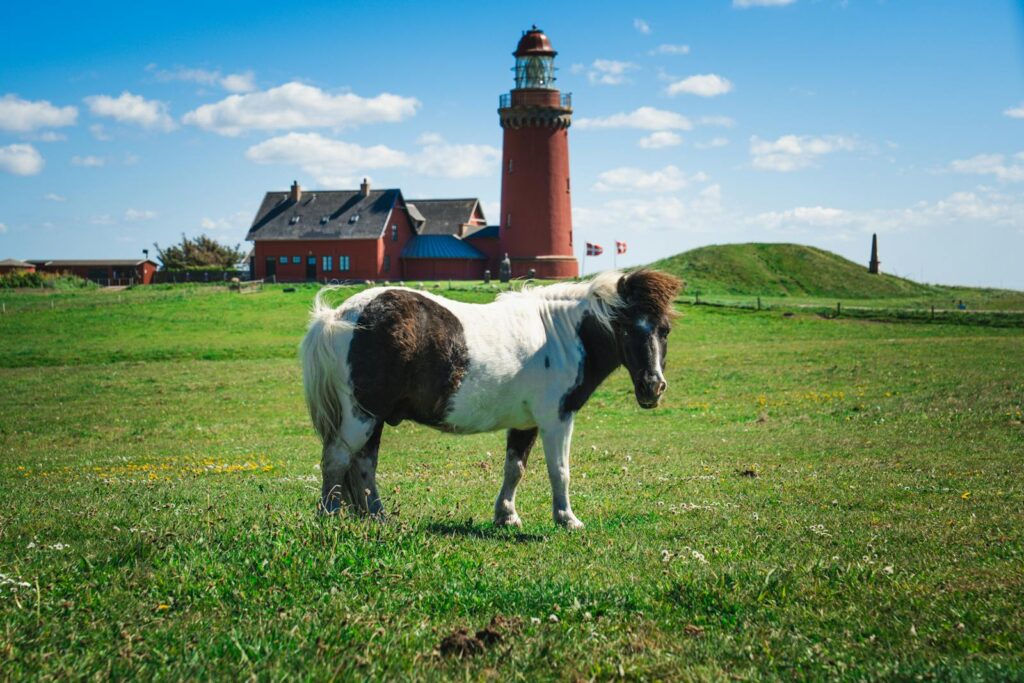
Connemara ponies from Ireland are an excellent choice for children who have developed basic riding skills and are ready for more athletic challenges. Standing between 13 and 15 hands high, they fill the perfect space between pony and horse, accommodating growing children well into their teenage years. Connemaras are renowned for their jumping ability, making them ideal partners for young riders interested in hunter/jumper disciplines or eventing, with many successfully competing against full-sized horses. Their calm, sensible nature combined with athletic ability offers the perfect balance for advancing riders—providing enough spirit to keep riding engaging without overwhelming a child’s developing skills. Originating in the rugged terrain of western Ireland, the breed is known for its soundness, stamina, and intelligence, offering reliability and thoughtful responses in challenging situations. Comfortable gaits and natural balance further enhance their suitability for young riders developing their seat and position.
Norwegian Fjord: Distinctive and Dependable
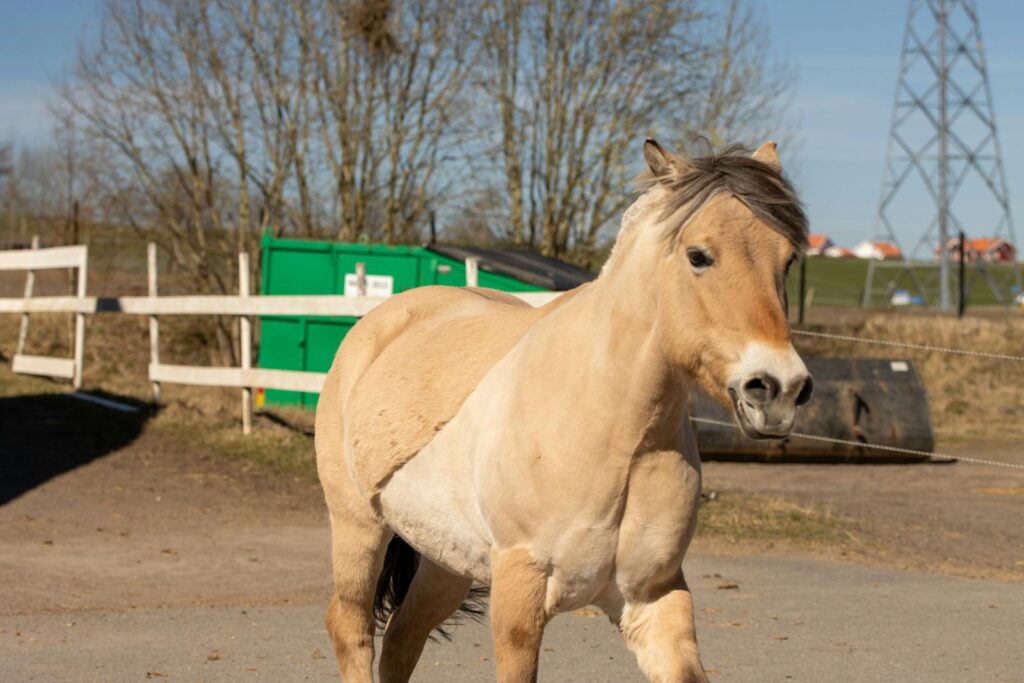
The Norwegian Fjord horse, with its cream-colored coat and unique dorsal-striped mane, offers both visual appeal and exceptional suitability for children learning to ride. Standing between 13.2 and 14.2 hands high, Fjords offer a substantial yet approachable mount that children typically find less intimidating than taller horses. Their broad back provides a stable platform to support developing balance, while their smooth, consistent gaits reduce excessive motion that can challenge beginners. The breed’s hallmark trait is its steady, level-headed temperament—Fjords are known for their calm reactions and remarkable patience with inexperienced handlers. Their strength, developed through centuries of working in Norway’s rugged landscape, allows them to carry growing children and even adults, making them ideal for multi-rider families. With consistent, kind handling, their intelligence and willing nature allow them to thrive in both lessons and recreational settings.
Morgan Horse: America’s First Breed
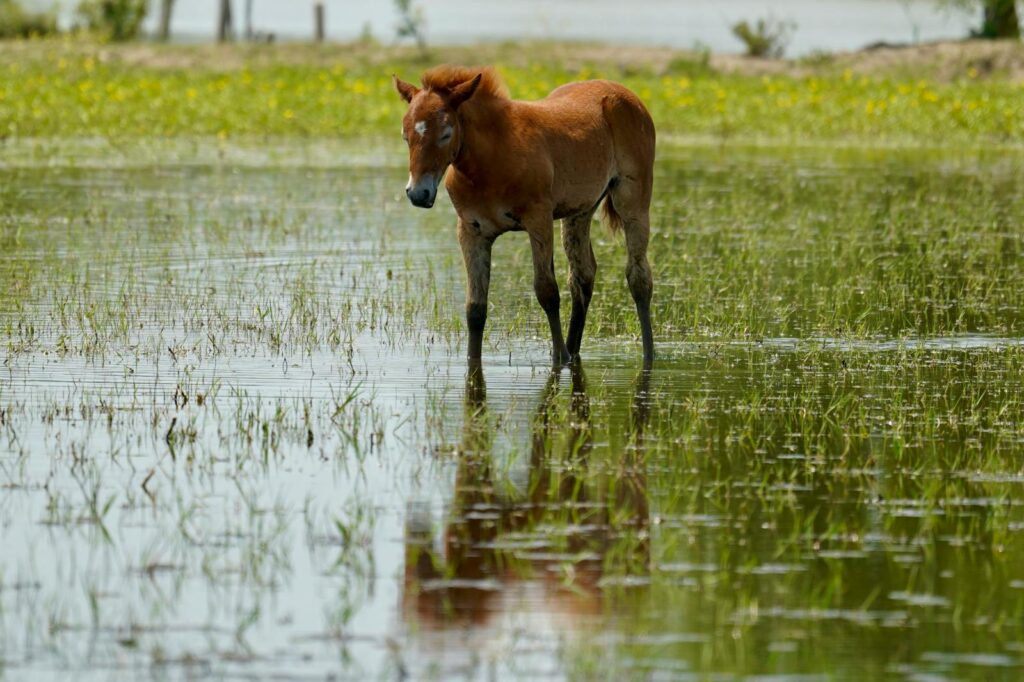
The Morgan horse is an excellent choice for older children or those with prior riding experience, offering a full-sized mount with distinctive character and versatility. Typically standing between 14.1 and 15.2 hands high, well-trained Morgans offer a manageable size paired with the presence and ability of a larger horse. Their athleticism is balanced by a friendly, eager-to-please temperament, creating responsive yet forgiving riding partners. Morgans are also known for forming deep bonds with their handlers, often showing loyalty and work ethic that reward children who take part in their care. The breed’s natural collection and balance make foundational riding skills—like transitions and circling—more intuitive for young riders, reinforcing good habits from the start. Their versatility spans disciplines from saddle seat and carriage driving to trail riding and jumping, making them ideal companions for children with evolving equestrian interests.
New Forest Pony: Britain’s Versatile Performer
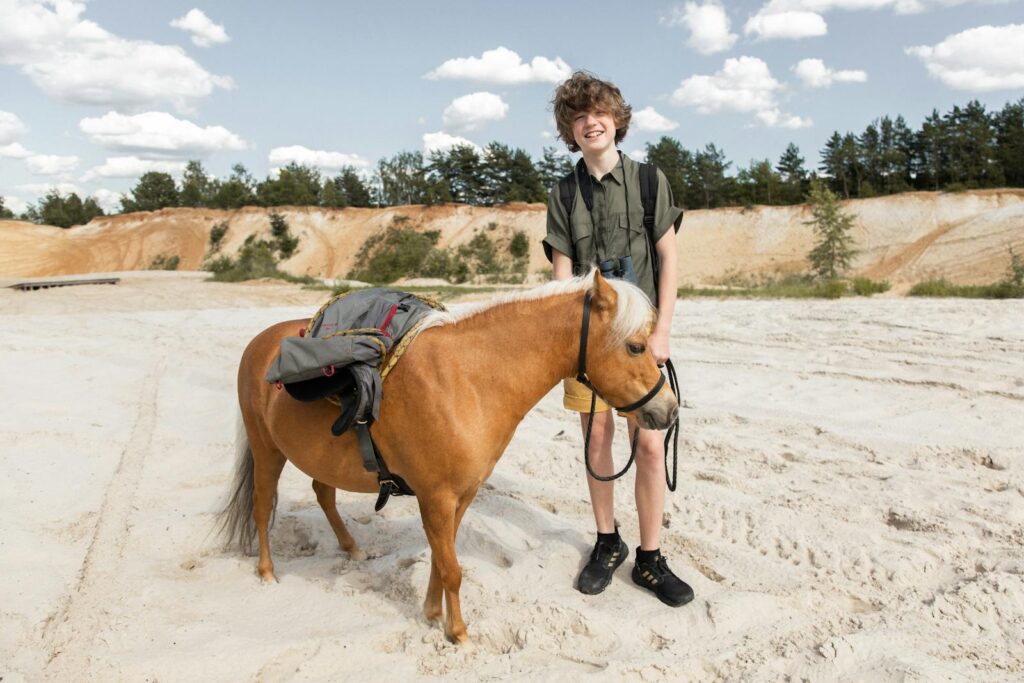
New Forest ponies from southern England offer a blend of hardiness and adaptability that makes them excellent choices for children progressing in their riding journey. Standing between 12 and 14.2 hands high, they suit a wide age range—from young beginners to teenagers. Their intelligence and adaptive nature, shaped by centuries of semi-wild living in the New Forest region, produce equine partners who think through challenges rather than reacting impulsively—a valuable trait for novice riders. With well-balanced movement and comfortable gaits, New Forest ponies support the development of proper riding technique while being forgiving of early mistakes. Their versatility across disciplines—from showing and dressage to jumping and eventing—allows children to explore different equestrian avenues without switching mounts. Their natural resilience and ease of care make them a reliable and confidence-building option for young horse lovers.
Appaloosa: The Spotted Teaching Partner
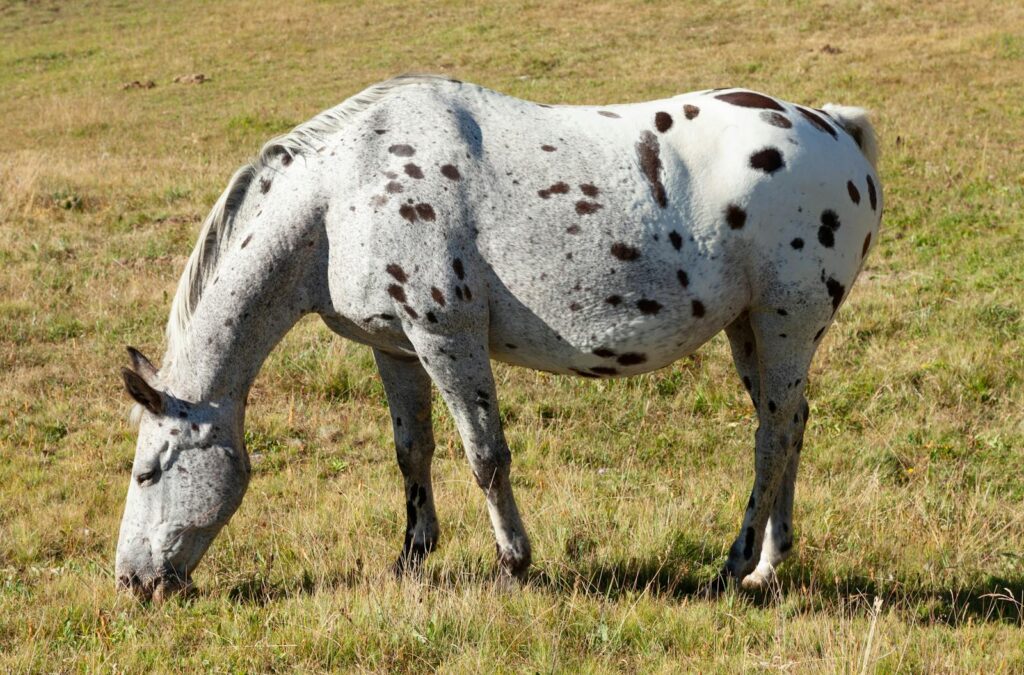
Appaloosas, instantly recognizable by their unique spotted coats, bring more than just visual flair to a child’s riding experience. Originating from the Nez Perce tribe, the breed was developed for sensible temperament and durability, traits that remain present in well-trained modern Appaloosas. Their excellent memory and responsiveness to consistent cues help reinforce good habits in young riders. For children, choosing individuals from foundation bloodlines often yields calmer temperaments more suited to beginners than those bred for speed events. Appaloosas are naturally curious and intelligent, making them engaging partners that hold a child’s interest. Their sturdy constitution and general hardiness reduce the likelihood of health issues disrupting riding routines. Furthermore, their adaptability to various housing situations—from professional boarding to backyard setups—makes them a practical first horse for many families.
Miniature Horses: Small Size, Big Educational Value
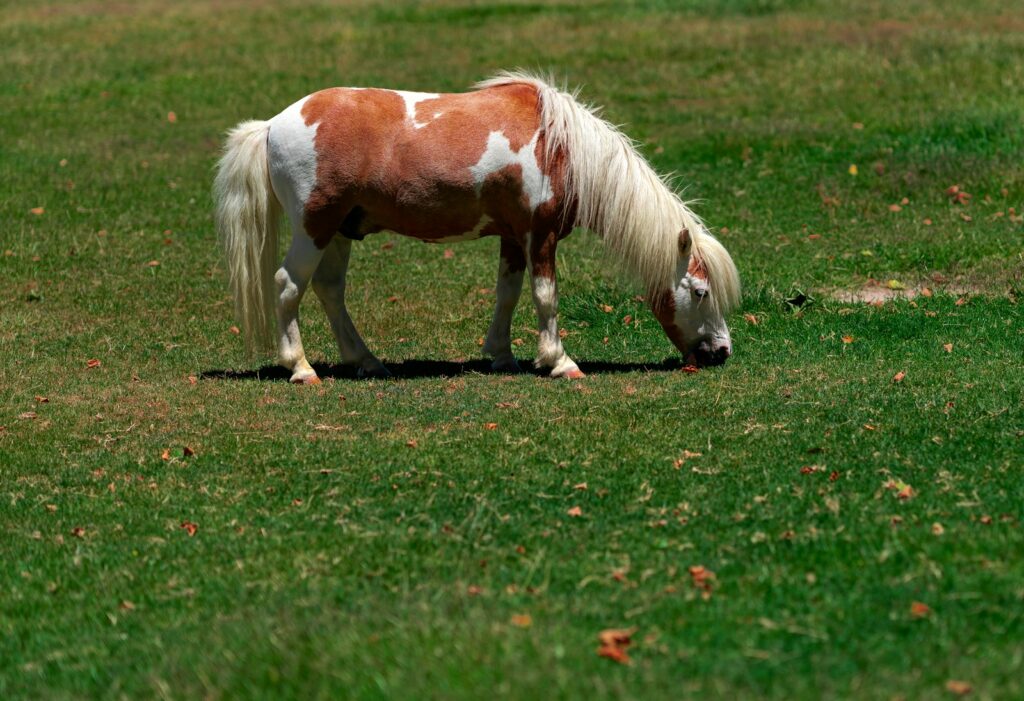
Though not suitable for riding beyond the youngest and smallest children, Miniature Horses offer immense educational value by introducing children to horsemanship in a safe, approachable way. Standing under 34–38 inches at the withers (depending on registry), these pint-sized equines are ideal for teaching handling, grooming, and care basics to preschool and early-elementary-aged children. Their size allows children to safely lead, brush, and interact with real horses under proper supervision—building confidence that easily transitions to larger mounts later on. Miniature Horses shine in groundwork activities like in-hand obstacle courses and showmanship, teaching essential communication and partnership skills without the complexity of riding. Their friendly, people-oriented nature makes them perfect early equine companions, and many programs use them as “starter horses” before children move on to riding-sized ponies. For very young horse enthusiasts, a well-trained Miniature can provide years of enriching experiences.
Considerations Beyond Breed Selection
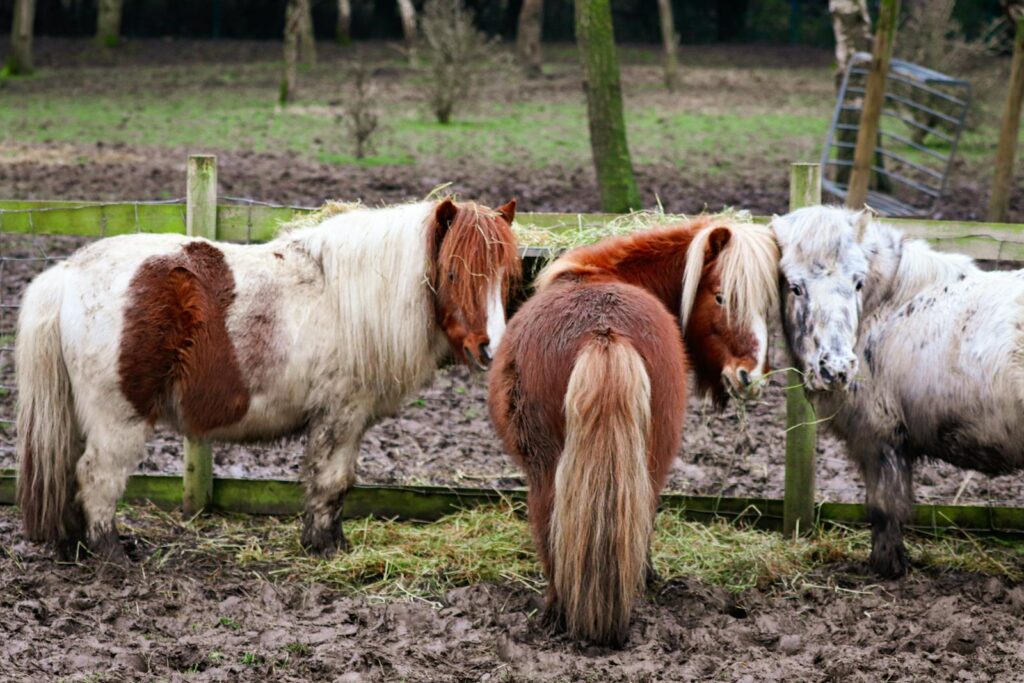
While breed characteristics offer helpful starting points, the best equine match for a child ultimately depends on individual temperament and training. Age is often a critical factor—older, well-trained horses (commonly called “schoolmasters”) typically offer the patience and forgiveness necessary for beginners, regardless of breed. Past experience with children is also a key indicator of a horse’s suitability, bringing peace of mind to both parents and instructors. Having a professional riding instructor assess any potential mount is essential, as they can identify subtle behavioral cues or training gaps that may pose challenges. Matching energy levels is equally important—a highly energetic child may find a sluggish mount frustrating, while a timid rider may be overwhelmed by an overly forward horse. Balancing temperament and rider personality ensures a safer, more enjoyable learning experience.
Finding the perfect equine partner for a child’s riding journey requires thoughtful consideration of breed traits, individual disposition, and the child’s specific needs. While the breeds highlighted in this guide provide strong starting points, exceptional individuals can be found in any breed. The ideal children’s mount blends patience with the right amount of energy, offers forgiveness for mistakes, and supports a child’s growth—both as a rider and a person. By focusing on temperament and training over looks or breed prestige, parents and instructors can foster relationships that instill confidence, responsibility, and a lasting love for horses.

